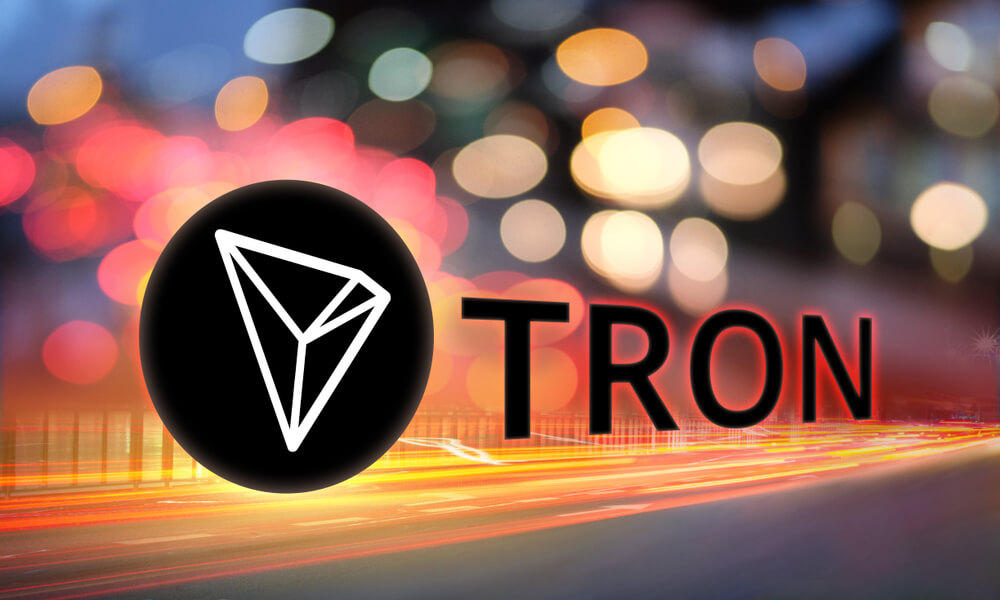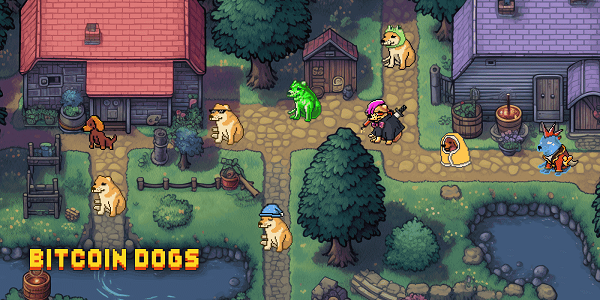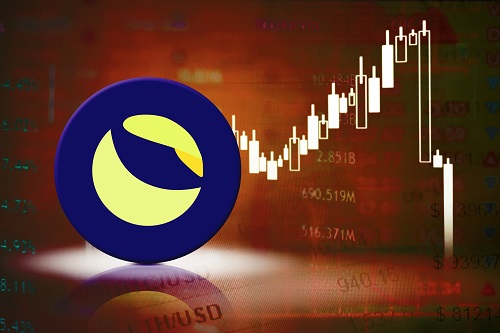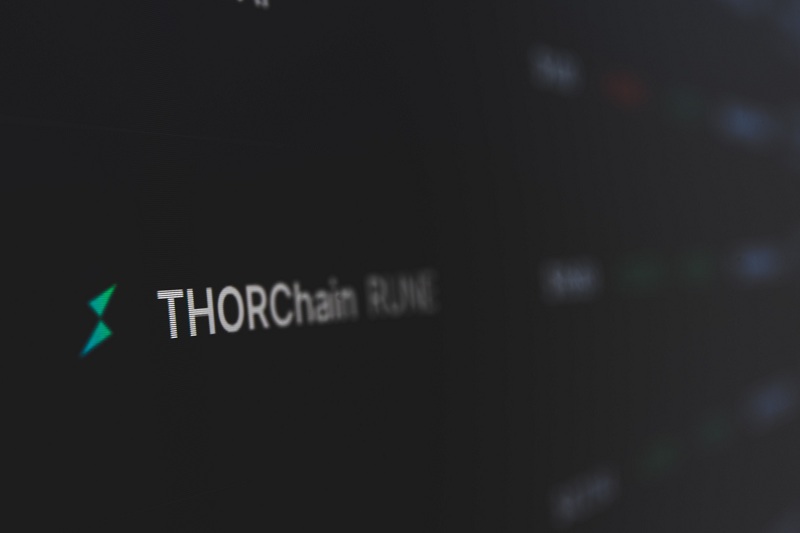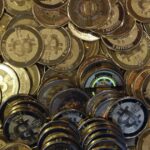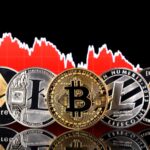Bitcoin(BTC)$84,777.00-1.02%
Ethereum(ETH)$2,795.61-0.47%
Tether(USDT)$1.00-0.02%
BNB(BNB)$822.50-1.78%
XRP(XRP)$1.82-1.83%
USDC(USDC)$1.00-0.05%
Solana(SOL)$118.30-2.84%
TRON(TRX)$0.279212-0.03%
 Lido Staked Ether(STETH)$2,800.21-0.19%
Lido Staked Ether(STETH)$2,800.21-0.19%Dogecoin(DOGE)$0.121221-3.38%

Why the NFTs Market Still Matters
Non-fungible Tokens (NFTs) are a new and rapidly growing
market in the cryptocurrency and digital art worlds. NFTs are one-of-a-kind
digital assets that represent ownership of a specific item, such as a work of
art, a collectible, or music.
These tokens are stored on a blockchain, which is a
decentralized digital ledger that allows for the secure and transparent
transfer of ownership without the use of intermediaries.
NFTs are distinguished by the fact that they are
one-of-a-kind and cannot be replicated, making them extremely valuable to
collectors and investors. The market for NFTs has exploded in recent years,
with total NFT sales in the billions last year.
The increasing popularity of cryptocurrencies, the rise of
digital art and collectibles, and the growing recognition of the value of
unique digital assets have all contributed to this growth.
The NFT market is divided into several categories, each with
its own distinct characteristics and demand drivers. Digital art, which
includes everything from digital paintings and illustrations to 3D models and
animations, is the largest segment of the NFT market.
In recent years, the digital art market has grown, with many
artists and collectors recognizing the potential of this new medium.
The
increasing accessibility of digital tools, the growing popularity of online
communities, and the growing recognition of the value of digital assets have
all contributed to the rise of digital art.
Are NFTs the New Fomo or Type of Collectibles?
Collectibles, which include everything from sports
memorabilia to virtual real estate and virtual items in video games, are
another segment of the NFT market.
The collectibles market has grown in recent
years as people seek out unique and valuable items to invest in.
The growing popularity of online communities, as well as the
increasing recognition of the value of virtual assets, has fueled the rise of
collectibles.
The gaming industry is also beginning to embrace NFTs, with
some game developers creating one-of-a-kind in-game items that can be
purchased, sold, and traded as NFTs.
This has resulted in the creation of a new
market for virtual assets, which are now regarded as valuable investments.
The
gaming industry is a large and growing one, and the adoption of NFTs is
expected to fuel further growth.
Music, which includes everything from digital tracks to
virtual concerts, is another segment of the NFT market.
The music industry has
been experimenting with NFTs, and some artists are now selling exclusive
digital assets such as virtual concert experiences.
This has created a new
market for music-related NFTs, and NFT adoption is expected to fuel growth in
this sector.
Finally, virtual real estate, which includes virtual land,
buildings, and other assets in virtual worlds and online games, has a market.
This market is still in its infancy, but it is rapidly expanding and is
expected to become a significant segment of the NFT market in the coming years.
Aside from Speculation Are NFTs Worthless?
When it comes to NFTs, people seem to be missing the forest
for the trees.
Time and time again, we’ve heard how NFTs were aiming at a
much larger goal and their current iteration is a joke, or that they don’t
bring anything new to the table.
People have raised their concerns about how the speculative
nature and parody usage of NFTs have tainted the cryptocurrency industry and
hampered mass crypto adoption.
As NFTs stand right now, the truth is that pretty much whatever
you’re doing with an NFT, you probably can do it without one.
The NFT crowd will tell you how great it is that you can
have the deed to a house as an NFT, but what happens if the owner loses their wallet
or passes away?
That alone highlights how there are still many areas in
which the NFT industry needs to work on before claiming to be revolutionary as
its use cases so far have been lackluster.
However, there is a silver lining because even after being made fun of in mainstream media shows, NFT technology and its potential use cases are certainly
nothing to laugh about.
In fact, NFTs are primed to revolutionize the gaming
industry, and once they do finally become mainstream (buying tickets and so
forth), it’s doubtful that we’ll stop using them.
Going forward, however, the main problem that might arise is
intimately correlated with NFTs’ ultimate use case: trying to build a true trustless
system.
This will be the main point of contention as it inevitably leads
to topics such as government utilization, and the debate on whether users will
prefer having a
centralized trusted system versus NFTs’ trustless nature.
Wrapping Up
To summarize, the NFT market is a new and rapidly expanding
segment of the cryptocurrency and digital art worlds. The rising popularity of
cryptocurrencies, the rise of digital art and collectibles, and the growing
recognition of the value of unique digital assets are driving this trend.
The market is divided into several categories, each with its
own distinct characteristics and demand drivers. As more people recognize the
value of unique digital assets and embrace this new and exciting technology,
the NFT market is expected to grow in the coming years.
NFTs FAQ
What are NFTs?
Non-fungible Tokens (NFTs) are one-of-a-kind digital assets
that represent ownership of a specific item, such as a work of art, a
collectible, or music. NFTs are stored on a blockchain, a decentralized digital
ledger that enables secure and transparent ownership transfer without the use
of intermediaries.
Why are NFTs special and valuable?
NFTs are one-of-a-kind and cannot be replicated, making them
extremely valuable to collectors and investors. NFTs are appealing to those
looking for rare and valuable assets to invest in due to their scarcity and
uniqueness.
What is the state of the NFT market?
NFTs are a new and rapidly growing segment of the
cryptocurrency and digital art markets. The rising popularity of
cryptocurrencies, the rise of digital art and collectibles, and the growing
recognition of the value of unique digital assets are driving this trend.
Can non-traditional assets be bought and sold
like traditional assets?
Yes, NFTs can be bought and sold in the same way that
traditional assets can. They can be traded on a variety of online platforms,
including marketplaces and exchanges, and their ownership can be easily
transferred thanks to blockchain technology.
What are some of the dangers of investing in
NFTs?
Investing in NFTs, like any other investment, carries risks.
The NFT market is still in its early stages, and there is a risk of volatility
and market fluctuations.
Furthermore, the technology underlying NFTs is complex and
may be vulnerable to security risks and hacking attacks. Before investing in
NFTs, as with any other investment, it is critical to conduct thorough research
and understand the risks.
Non-fungible Tokens (NFTs) are a new and rapidly growing
market in the cryptocurrency and digital art worlds. NFTs are one-of-a-kind
digital assets that represent ownership of a specific item, such as a work of
art, a collectible, or music.
These tokens are stored on a blockchain, which is a
decentralized digital ledger that allows for the secure and transparent
transfer of ownership without the use of intermediaries.
NFTs are distinguished by the fact that they are
one-of-a-kind and cannot be replicated, making them extremely valuable to
collectors and investors. The market for NFTs has exploded in recent years,
with total NFT sales in the billions last year.
The increasing popularity of cryptocurrencies, the rise of
digital art and collectibles, and the growing recognition of the value of
unique digital assets have all contributed to this growth.
The NFT market is divided into several categories, each with
its own distinct characteristics and demand drivers. Digital art, which
includes everything from digital paintings and illustrations to 3D models and
animations, is the largest segment of the NFT market.
In recent years, the digital art market has grown, with many
artists and collectors recognizing the potential of this new medium.
The
increasing accessibility of digital tools, the growing popularity of online
communities, and the growing recognition of the value of digital assets have
all contributed to the rise of digital art.
Are NFTs the New Fomo or Type of Collectibles?
Collectibles, which include everything from sports
memorabilia to virtual real estate and virtual items in video games, are
another segment of the NFT market.
The collectibles market has grown in recent
years as people seek out unique and valuable items to invest in.
The growing popularity of online communities, as well as the
increasing recognition of the value of virtual assets, has fueled the rise of
collectibles.
The gaming industry is also beginning to embrace NFTs, with
some game developers creating one-of-a-kind in-game items that can be
purchased, sold, and traded as NFTs.
This has resulted in the creation of a new
market for virtual assets, which are now regarded as valuable investments.
The
gaming industry is a large and growing one, and the adoption of NFTs is
expected to fuel further growth.
Music, which includes everything from digital tracks to
virtual concerts, is another segment of the NFT market.
The music industry has
been experimenting with NFTs, and some artists are now selling exclusive
digital assets such as virtual concert experiences.
This has created a new
market for music-related NFTs, and NFT adoption is expected to fuel growth in
this sector.
Finally, virtual real estate, which includes virtual land,
buildings, and other assets in virtual worlds and online games, has a market.
This market is still in its infancy, but it is rapidly expanding and is
expected to become a significant segment of the NFT market in the coming years.
Aside from Speculation Are NFTs Worthless?
When it comes to NFTs, people seem to be missing the forest
for the trees.
Time and time again, we’ve heard how NFTs were aiming at a
much larger goal and their current iteration is a joke, or that they don’t
bring anything new to the table.
People have raised their concerns about how the speculative
nature and parody usage of NFTs have tainted the cryptocurrency industry and
hampered mass crypto adoption.
As NFTs stand right now, the truth is that pretty much whatever
you’re doing with an NFT, you probably can do it without one.
The NFT crowd will tell you how great it is that you can
have the deed to a house as an NFT, but what happens if the owner loses their wallet
or passes away?
That alone highlights how there are still many areas in
which the NFT industry needs to work on before claiming to be revolutionary as
its use cases so far have been lackluster.
However, there is a silver lining because even after being made fun of in mainstream media shows, NFT technology and its potential use cases are certainly
nothing to laugh about.
In fact, NFTs are primed to revolutionize the gaming
industry, and once they do finally become mainstream (buying tickets and so
forth), it’s doubtful that we’ll stop using them.
Going forward, however, the main problem that might arise is
intimately correlated with NFTs’ ultimate use case: trying to build a true trustless
system.
This will be the main point of contention as it inevitably leads
to topics such as government utilization, and the debate on whether users will
prefer having a
centralized trusted system versus NFTs’ trustless nature.
Wrapping Up
To summarize, the NFT market is a new and rapidly expanding
segment of the cryptocurrency and digital art worlds. The rising popularity of
cryptocurrencies, the rise of digital art and collectibles, and the growing
recognition of the value of unique digital assets are driving this trend.
The market is divided into several categories, each with its
own distinct characteristics and demand drivers. As more people recognize the
value of unique digital assets and embrace this new and exciting technology,
the NFT market is expected to grow in the coming years.
NFTs FAQ
What are NFTs?
Non-fungible Tokens (NFTs) are one-of-a-kind digital assets
that represent ownership of a specific item, such as a work of art, a
collectible, or music. NFTs are stored on a blockchain, a decentralized digital
ledger that enables secure and transparent ownership transfer without the use
of intermediaries.
Why are NFTs special and valuable?
NFTs are one-of-a-kind and cannot be replicated, making them
extremely valuable to collectors and investors. NFTs are appealing to those
looking for rare and valuable assets to invest in due to their scarcity and
uniqueness.
What is the state of the NFT market?
NFTs are a new and rapidly growing segment of the
cryptocurrency and digital art markets. The rising popularity of
cryptocurrencies, the rise of digital art and collectibles, and the growing
recognition of…


